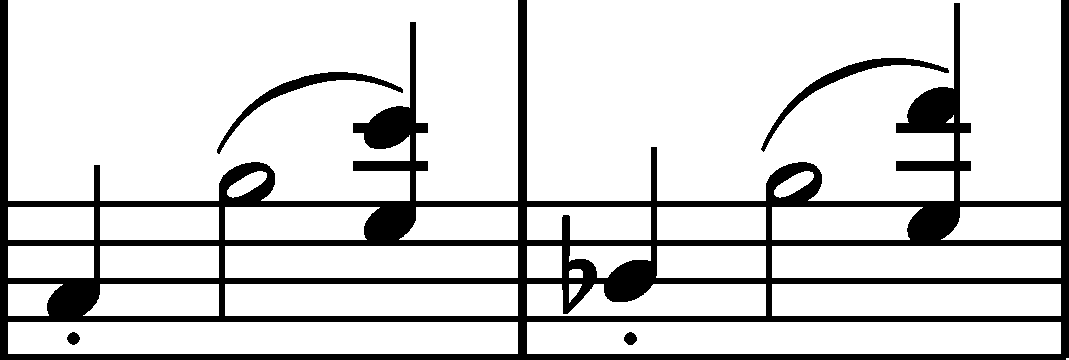



Issues : Accompaniment changes
- « Previous
- 1
- 2
- Next »
|
b. 368
|
composition: Op. 21, Concerto in F minor, Mvt III
..
The first three out of the given versions are certainly authentic and they present an interesting example of Chopin's works on the detail, performed in stages. In EE2, due to the skepticism concerning the correctness of the version of FE and GE1, it was replaced with another one, structured analogously to the majority of the similar bars. category imprint: Differences between sources; Corrections & alterations issues: EE revisions , Accompaniment changes , Authentic corrections of FE , Authentic corrections of GE |
|||||||||
|
b. 453-462
|
composition: Op. 21, Concerto in F minor, Mvt III
..
The crossings-out visible in A in bars 453-454 and 461-462 allow us to reconstruct the two previous versions of the accompaniment in these bars: The first version appeared in [AI] probably also in bars 421-422, which is proved by certain remaining elements thereof in the notation of A (and which explains them at the same time) – cf. both notes on the L.H. in bar 422. If one of the previous versions was also in bars 413-414, one could conclude that Chopin's concentration was decreasing as he was copying similar phrases:
category imprint: Corrections & alterations; Source & stylistic information issues: Corrections in A , Accompaniment changes |
|||||||||
|
b. 481-483
|
composition: Op. 21, Concerto in F minor, Mvt III
..
The crossings-out visible in A allow us to read the original version, in which the L.H. had the same chords as the R.H., continuing the relationship marked by the 1st chord of the entire passage. Chopin wrote four subsequent chords (to the second one in bar 482) before he changed the concept or noticed his mistake. category imprint: Corrections & alterations; Source & stylistic information issues: Corrections in A , Accompaniment changes |
|||||||||
|
b. 492
|
composition: Op. 21, Concerto in F minor, Mvt III
..
The tonic chord in the second inversion in [ReF] must be the original version of this quaver, eventually rejected by Chopin, since all the remaining sources feature a dominant chord in this place. According to us, the corrections introducing a new concept in the orchestral part were not entirely controlled by Chopin, which manifested itself in the omission of the seventh in Morch among others. However, the seventh is present in the piano reduction of A and in all editions. In the last phase of proofreading of FE2, the composer introduced another change, replacing the third of the chord with a transitory fourth. We include the latest, probably final, version in the main text. category imprint: Graphic ambiguousness; Interpretations within context; Differences between sources; Editorial revisions; Corrections & alterations issues: Foreign hand additions in manuscripts , Errors of A , Accompaniment changes , Authentic corrections of FE , Authentic corrections of GE |
- « Previous
- 1
- 2
- Next »


 in chord in
in chord in 







